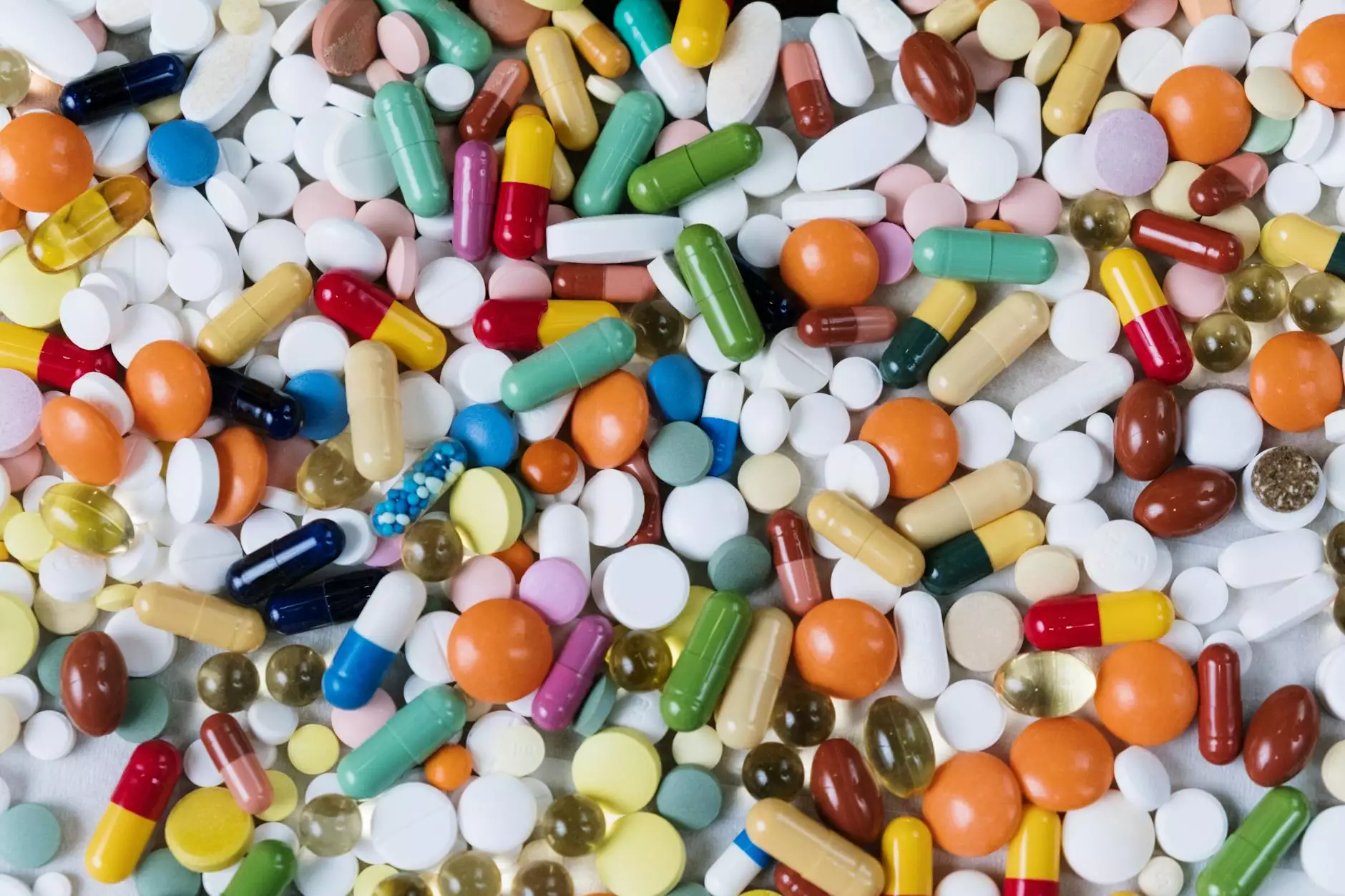Ultimate Guide to Excessive Palm Sweating Treatment

Excessive palm sweating, known medically as palmar hyperhidrosis, is a condition that affects a significant portion of the population. It occurs when the sweat glands in the palms overreact to stimuli, leading to discomfort and social anxiety. In this article, we will explore various treatments, their effectiveness, and potential lifestyle adjustments that can help manage this condition effectively.
Understanding Excessive Palm Sweating
Palmar hyperhidrosis can deeply affect a person's quality of life. The challenge extends beyond mere physical discomfort; it often inhibits daily activities ranging from shaking hands to handling objects without fear of a sweaty grip. Most individuals with this condition suffer in silence, but it's important to know that effective treatments are available.
Causes of Excessive Palm Sweating
The exact cause of palmar hyperhidrosis remains unclear, but it is believed to be linked to an overactive sympathetic nervous system. Factors that may exacerbate this condition include:
- Genetics: A family history of hyperhidrosis can increase the risk.
- Stress and Anxiety: Emotional triggers often provoke sweating episodes.
- Hormonal Changes: Fluctuations due to puberty, menopause, or other hormonal changes.
- Certain Health Conditions: Conditions like diabetes or hyperthyroidism may influence sweating patterns.
Diagnosis of Palmar Hyperhidrosis
An accurate diagnosis is essential for effective treatment. Healthcare providers employ various methods, including:
- Physical Examination: Assessing symptoms and discussing medical history.
- Iodine-Starch Test: This test helps visualize sweat production, where iodine turns dark upon contact with sweat.
- Questionnaires: Standardized tools can help quantify the severity of the condition.
Effective Treatments for Excessive Palm Sweating
Fortunately, there are numerous treatments available for those seeking relief from excessive palm sweating. The choice of treatment often depends on the severity of symptoms, individual preference, and medical history.
1. Topical Treatments
Over-the-counter and prescription-strength antiperspirants containing aluminum chloride can be effective for mild cases of hyperhidrosis. These antiperspirants work by blocking the sweat glands and can bring significant relief for some individuals.
2. Iontophoresis
Iontophoresis is a non-invasive treatment that involves using a device which passes a mild electrical current through water and into the skin’s surface. This method is particularly effective for palmar sweating, with many patients reporting significant improvements after a series of treatments. Sessions typically last about 20-30 minutes and may need to be repeated regularly.
3. Botox Injections
Botulinum toxin (Botox) injections have gained popularity as a treatment for palmar hyperhidrosis. The injections work by blocking the nerve signals responsible for sweating. The effects usually last between 4 to 6 months, making this an effective option for those seeking temporary relief.
4. Medication
Doctors may prescribe oral medications such as anticholinergics to help reduce sweating. However, these medications can come with side effects, so it’s essential to discuss the risks and benefits with a healthcare provider.
5. Microwave Therapy
Microwave therapy is a minimally invasive procedure that destroys sweat glands using microwave energy. This treatment offers a long-lasting solution for severe palmar hyperhidrosis, usually with minimal downtime.
6. Surgical Options
In cases where other treatments fail, surgical intervention may be considered. The most common procedure is endoscopic thoracic sympathiectomy (ETS), where nerves causing sweating in the palms are surgically cut. Caution is required as this procedure may lead to compensatory sweating in other body areas.
Alternative Therapies
Some patients may seek alternative methods to address excessive palm sweating. While these approaches may not be scientifically proven to be effective, they may help manage symptoms:
- Relaxation Techniques: Practices like yoga and meditation can help reduce stress-related sweating.
- Dietary Adjustments: Avoiding spicy foods and caffeine may lessen hyperhidrosis symptoms.
- Acupuncture: Some individuals report relief through acupuncture, though evidence is anecdotal.
Lifestyle Adjustments
In addition to various treatments, making certain lifestyle changes can significantly reduce the impact of excessive palm sweating:
- Use of Specialized Products: Consider using moisture-wicking gloves or specialized grips for tools.
- Regular Hand Washing: Keeping hands clean can minimize the discomfort associated with sweaty palms.
- Avoid Triggers: Identifying and avoiding known triggers can help manage episodes.
When to Seek Professional Help
If you find that excessive palm sweating is interfering with your daily life, it’s essential to consult a healthcare professional. They can guide you through available treatment options and recommend the most appropriate course of action tailored to your situation. Early intervention often leads to better outcomes.
Conclusion
In summary, excessive palm sweating treatment is widely available and can be tailored according to the individual's needs. Whether you opt for topical treatments, procedures like iontophoresis, or even surgery, managing palmar hyperhidrosis is achievable. By understanding the condition and exploring treatment options, individuals can regain confidence and improve their overall quality of life.
If you're ready to take the next step, visit Neumark Surgery for expert advice and to consult with knowledgeable medical professionals who can guide you in managing your excessive palm sweating effectively.








